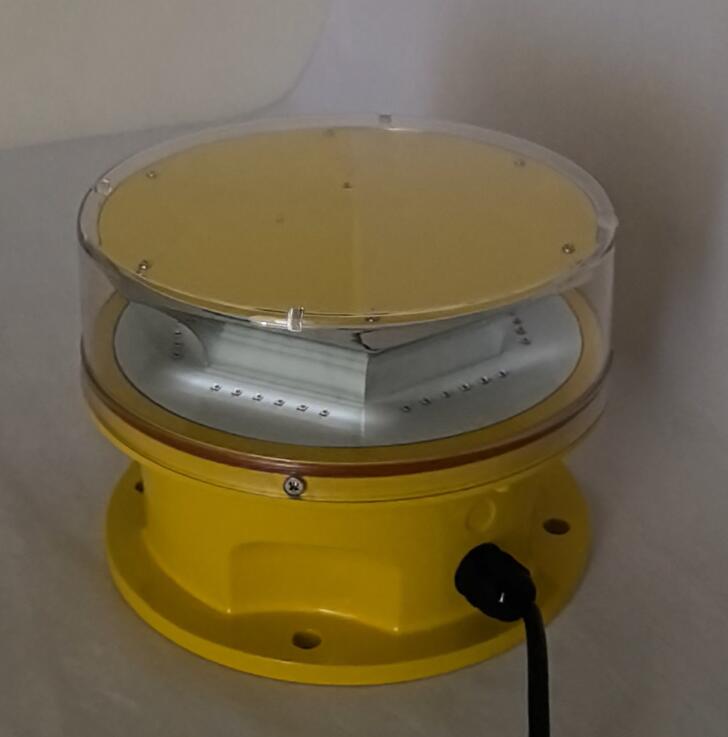Posted: 2024-09-03
In the expansive realm of the heavens, where aircraft glide and soar with purpose, there exist silent guardians that play a crucial role in ensuring safety. These guardians are the aircraft warning lights on towers.
Towers, whether they are communication towers, electrical transmission towers, or other lofty structures, can pose a significant hazard to aircraft. In the darkness of night or during times of reduced visibility, these towers can be difficult to spot, increasing the risk of a potentially catastrophic collision. This is where the aircraft warning lights step in as beacons of safety.
| 56G | CD | 45 |
The importance of these lights cannot be overemphasized. They serve as a visible signal to pilots, alerting them to the presence of a potential obstacle. These lights are designed to be highly visible from a great distance, even in adverse weather conditions. Their flashing or steady illumination acts as a guiding light, helping pilots navigate safely around the towers.
One of the key features of aircraft warning lights is their durability. They are constructed to withstand the harshest elements, including strong winds, rain, snow, and extreme temperatures. This durability is essential to ensure that the lights remain operational at all times, providing a reliable source of warning.

The technology behind these lights has evolved over time. In the past, traditional incandescent bulbs were commonly used. However, these bulbs had limitations in terms of energy efficiency and lifespan. Today, advanced LED (Light Emitting Diode) technology is increasingly being employed. LEDs offer several advantages, including lower power consumption, longer lifespan, and greater brightness. This makes them an ideal choice for aircraft warning lights.
The placement of aircraft warning lights on towers is carefully planned. Lights are typically installed at strategic locations on the tower to maximize visibility from different angles. This may include the top of the tower, along the sides, and at intervals to ensure that the entire structure is clearly visible to approaching aircraft.

Regulations governing aircraft warning lights on towers are in place to ensure their proper installation and maintenance. These regulations are designed to protect the safety of aircraft and their passengers, as well as the integrity of the towers themselves. They specify requirements for the type, intensity, and placement of lights, as well as inspection and maintenance procedures.
Compliance with these regulations is essential for tower owners and operators. Failure to install or maintain proper aircraft warning lights can result in serious consequences, including collisions between aircraft and towers. This not only poses a threat to human life but can also cause significant damage to property and disrupt air traffic.
In addition to their primary function of warning aircraft, aircraft warning lights on towers can also serve other purposes. For example, they can act as a navigational aid for pilots, helping them to orient themselves and identify landmarks. They can also enhance the visibility of towers for ground personnel, making it easier to perform maintenance and inspections.
Aircraft warning lights on towers are a vital component of aviation safety. They serve as beacons in the sky, guiding pilots away from danger and ensuring the smooth flow of air traffic. As technology continues to advance, we can expect these lights to become even more efficient and effective, further enhancing the safety of our skies. Let us recognize the importance of these silent guardians and ensure that they are properly maintained and regulated for the benefit of all.